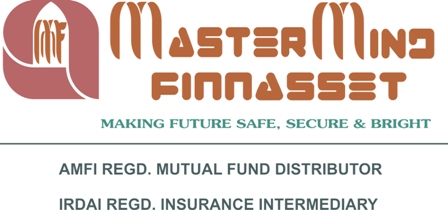The mutual fund industry is likely to see consolidation earlier than expected, as many new entrants may not be able to withstand the financial stress arising from the need for higher investments, rising expenses and the importance of organized channels for distribution, says a report by consulting firm Mckinsey & Co.
The report says the new Sebi regulations have the potential to transform the asset management landscape both for AMCs and distributors.
Last month, the market regulator abolished the system of entry load from August 1, and decreed that distributors should collect their commissions directly from the investors.
This is expected to strain the profitability of both asset management companies as well as distributors. According to the Mckinsey report, portfolio management services and alternates will grow faster as the affluent/HNI segment grows and AMCs/distributors also push higher margin products. Within equity, the prevalence of closed-ended fund structures will increase, with AMCs trying to keep the churn ratio to the minimum.
Industry experts, however, believe well-positioned players should not lose sight of the opportunities presented by the new regulation, which could catalyse multiple innovations in business models for distributors as well as AMCs.
On the charge structure and the subsequent shift in dynamics, banks and national distributors (NDs) are seen as better positioned to charge customers, given their control over a larger share of customer wallet across multiple products (e.g., deposits, broking) and also their wealth management platform.
“For some, it presents an opportunity to move from transaction-led pricing to an advisory-led pricing model. This would mean adopting a ‘relationship value’ view of customers and charging them on their overall AUM, rather than on a per MF transaction basis. In parallel, the retail customer segment may evolve towards transaction-based charges for mutual fund purchase and redemption. These may be ‘tiered’, depending on ticket size, very much in the way banks currently charge for other services such as draft issuance,” the report said.
Amongst independent financial advisors (IFAs), only the bigger IFAs, with the ability to deliver enhanced service and advice to customers, are expected to be able to charge the customers. However, the smaller IFAs may not be able to charge anything to customers on an average. Hence, the impact of the regulation on distributor economics may be the greatest on IFAs, especially smaller IFAs, who act as a transaction intermediary rather than an investment advisor. Unless compensated by higher volumes, IFA revenues could be impacted to the extent of 30% revenue loss in the worst scenario.
The asset management industry in
“The capital markets decline and consequent preference for debt and liquid funds resulted in a significant shift in the product mix, with the proportion of debt and liquid funds increasing significantly in FY09. Retail debt and liquid proportion increased from 23-40% between FY08 and FY09, and institutional debt and liquid proportion increased from 86-91% in the same period. Industry profitability, measured as basis points of average AUM, dropped from approximately 22 bps to approximately 14 bps, putting significant pressure on asset management companies,” the Mckinsey report said.
source: ET

